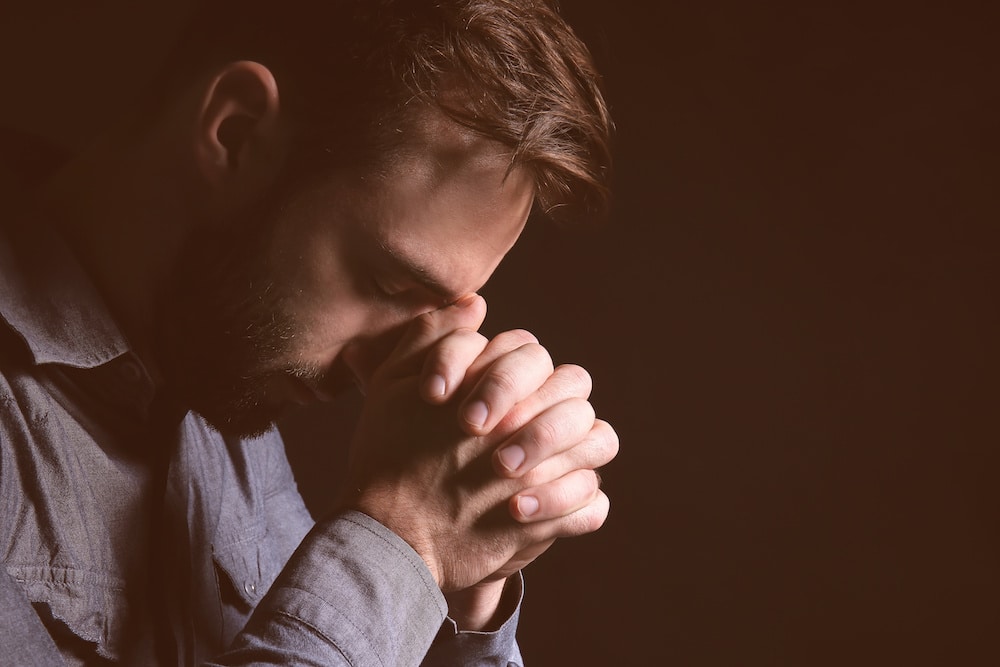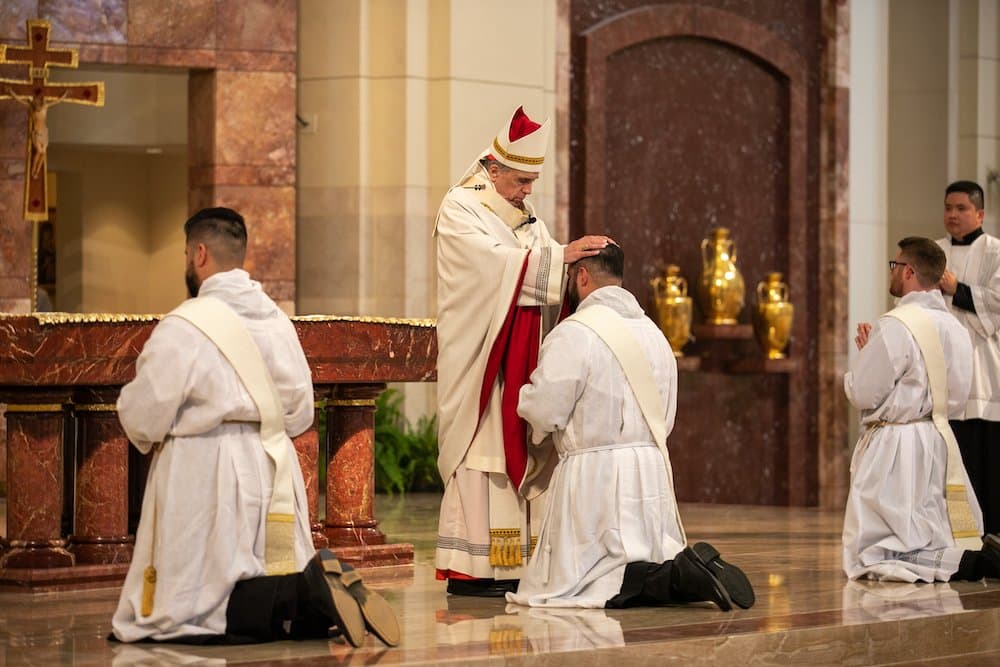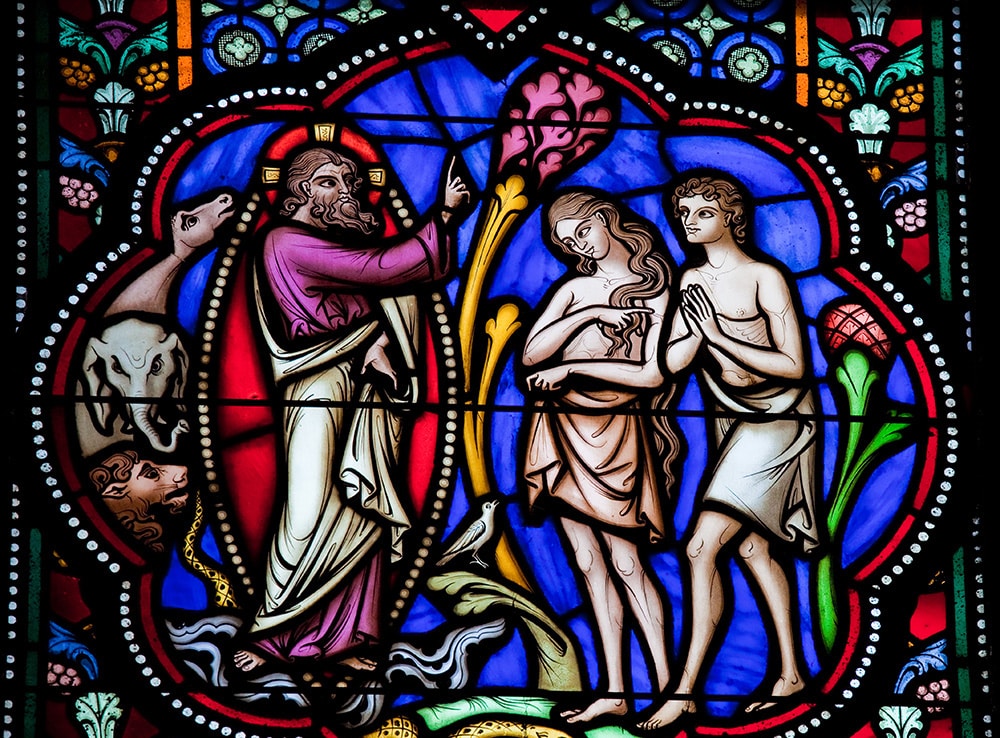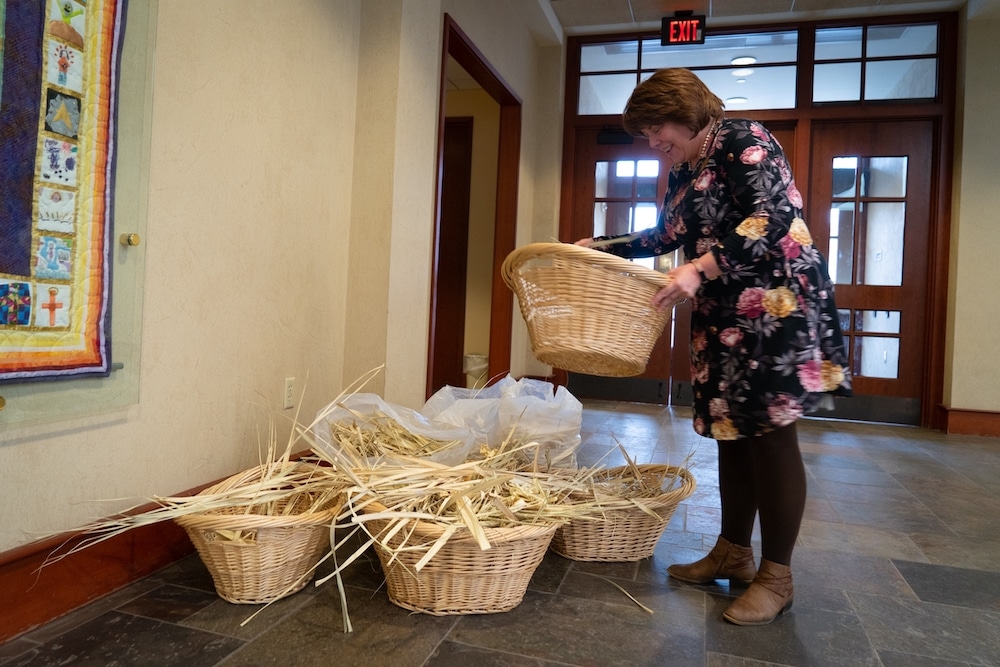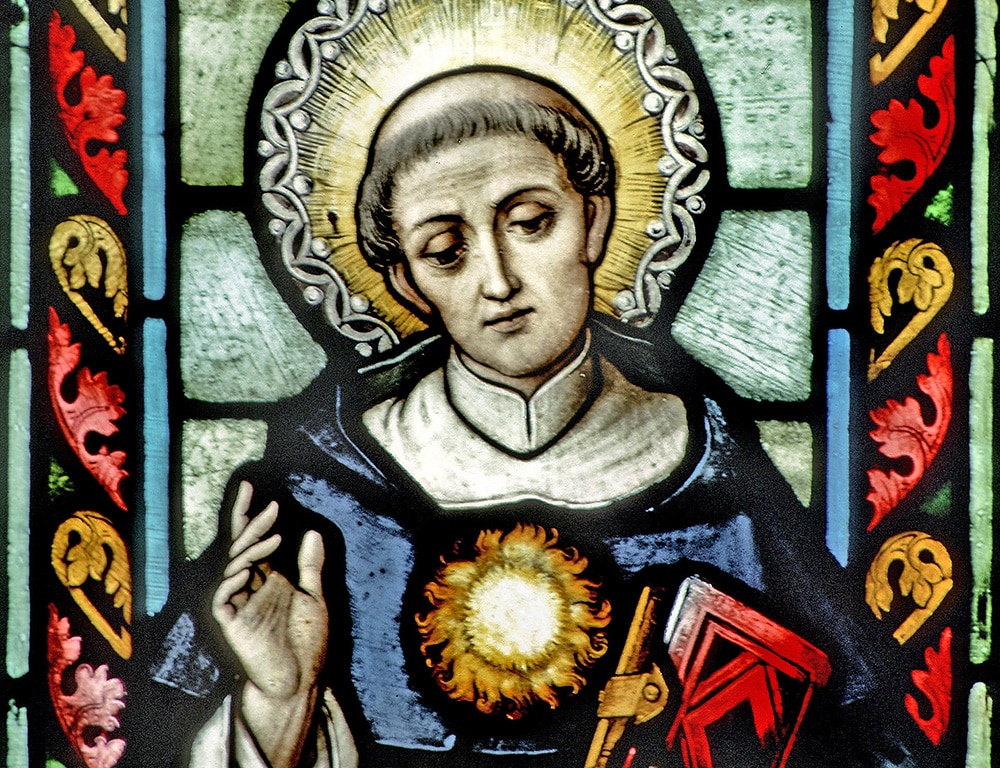(OSV News) When my wife bought a Subaru a few years ago, we not only got a car. We also received a company magazine called “Drive.” Subaru is trying to use a “membership magazine” to build a relationship with us as well as sell us more stuff. We usually toss the magazine in our recycling bin.
I thought of this recently when I saw a diocesan ad recruiting a newspaper editor. The job was clearly meant to be part of the public relations office, and the job description was to “highlight the good works of the diocese and its partners and to obtain positive coverage of diocesan programs, services and events.”
Now dioceses, like corporations, do want and need public relations efforts, especially after the past two decades of allegations and controversies. And diocesan officials can be forgiven for wanting “good news” and positive stories after the hammering they’ve gotten.
As the Church celebrates World Communications Day May 21, however, I would argue that developing “membership magazines” is an incomplete assessment of what the People of God need — indeed, of what the Church needs.
There are many threats facing the Church, from ersatz diocesan news efforts that are really fronts for partisan political agendas, to a stressed secular media that has a shrinking number of journalists, especially religion journalists. Their reports are often sloppy, shallow or incomplete. And the polarization that infects both church and state also infects the third estate, making it harder for a Catholic voice to be heard unless it is found to be ideologically agreeable.
But the greatest threat may be a lack of institutional faith in the value of Catholic news media and the courage to support it at the local level.
Secular and Catholic local newspapers are both closing at a breathtaking pace. What’s left are “news deserts” where those seeking information are driven to national news organizations or whatever they find on the Internet — sources with agendas often quite different from those of the diocese.
Whether it’s “culture wars” or just “culture confusion,” Catholics often find themselves on the front lines but disarmed, lacking both information and formation.
What they need is solid, trustworthy, courageous journalism that gets the story right, be the news good or bad. Catholic journalism that does its job well will develop a relationship of trust between the diocese and its people, between the Church and its people, providing the information necessary to withstand the bad and celebrate the good. Propaganda only suffices in a bubble, its recipients unwilling or unable to engage the world.
One advocate for such journalism is Pope Francis. Earlier this year, he told Catholic journalists that theirs “is a noble profession: to convey the truth.”
The pope told his own Vatican journalists in 2021 that for a news organization to be effective, “it is necessary to make sure everyone has enough freedom to work, that they have the ability to take risks and not go and ask permission, always permission … this is paralyzing.”
To make Church communications effective, the people responsible for that communication must have the trust of, and access to, Church leaders. If every story needs to be vetted at the top, if only good news is allowed to be told, readers will get the message quickly enough. These are strategies for breaking the back of local Catholic media.
Diocesan newspapers, once the pride of the U.S. Catholic Church, are struggling. When they disappear, all that is left are the press releases most Catholics never read. On issues like gender debates, immigration, guns, or the entire panoply of right-to-life issues, the Catholic voice is increasingly muted exactly when it should not be. And positive efforts at engagement, from synods to Eucharist revivals, need a healthy media to inform and mobilize as well.
Catholic journalism is in crisis, but crisis always signifies opportunities. Some dioceses are closing their news media, but others are investing more in their multimedia efforts.
Independent but Church-affiliated organizations are also investing more in newsgathering. Our Sunday Visitor, for example, stepped in to fill a vacuum left by the bishops’ closure of the domestic offices of Catholic News Service.
On this World Communications Day, it is worth saluting those diocesan news efforts that continue to do their job despite shrinking staff and shrinking resources. They strive to be both the voice and the ears of the local Church, helping to make all of us more informed and better formed.



